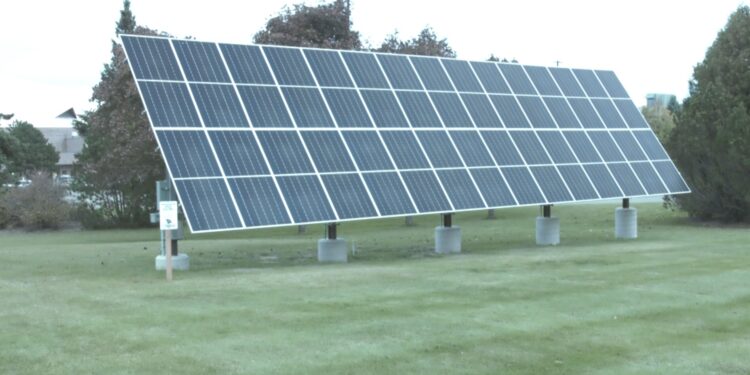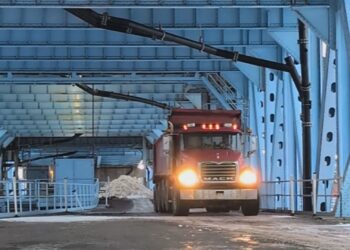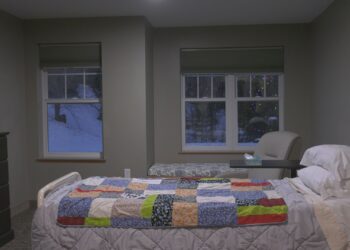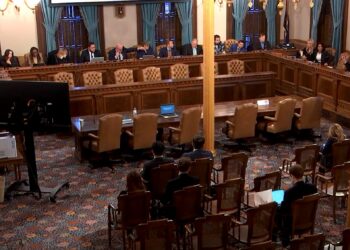LANSING, Mich. (WZMQ) – Democrats have set a goal to have Michigan produce at least 60% of its energy through renewable sources by 2030. UP lawmakers are concerned the U.P. doesn’t have time to construct the infrastructure needed to meet that goal, but experts in solar energy say the U.P. is a better place for solar energy than most realize.
Civil Engineering professors at Michigan State University explained that though the short daylight hours in winter mean solar power may only be used supplemental, It could still help lower energy costs, and the colder temperatures and snow can help the solar panels operate more efficiently.
Large solar projects across the state have been facing pushback at the local level because of public opposition. Dr. Annick Anctil, Associate Professor within MSU’s College of Engineering, said while solar and wind farms could be one answer, small residential panels could help just as much with meeting renewable energy goals and are a much more popular option in the U.P.
“Michigan started installing wind pretty early compared to other states, and one big reason for that is because there is a really good potential. For solar, it’s less obvious for most people because people think of Michigan as being really snowy or gloomy.” Dr Anctil explained. “You need to have the transmission and the grid established so it’s a lot harder in the U.P. because there’s already a lot of stress. What you can transmit on the existing system is lower.”
She says that though solar and wind don’t work all the time, during severe weather outages, it could help people get their power back sooner.
“When you have a big storm usually what gets disturbed is all your transmission lines,” Dr. Anctil said. “So if you have your system on your house or not far away, it’s much easier to redolent or not get disconnected.”
Dr. Anctil also explained that the cold weather in the U.P. is in some cases better when it comes to the efficiency of solar panels. In Marquette, a project at Northern Michigan University uses bi-facial solar panels to help with production in the winter. Dr. Jessica Thompson from NMU’s College of Business explained that the solar panel project started last November uses Bi-Facial panels. She said this means the panels collect solar energy on both sides because when it snows, light is reflected up off the snow that can be collected to help make up for the shorter daylight hours.
At NMU, Dr. Thopmson said they hope to begin more solar projects soon. She explained that the issue commonly run into in the U.P. is with installing new panels.
“The problem is the age of the roof.” Dr. Thompson said. “The structure that’s required for the panel installation is not necessarily comparable, so the best thing to do is if you’re replacing your roof, replace it and do solar at the same time so they’re aged together.”
She says that’s why they haven’t looked at older buildings on campus for potential solar sites. The newest building on NMU’s campus, The WellBeing Center, Was built with that in mind. Dr. Thompson says The new home for the Health Centers was built with the hope of installing enough solar panels on its roof to power the whole center during the summer months. She explained that the University’s current panels generated a surplus of energy for the adjacent building over the summer.
Dr. Anctil said projects and research being done at both Northen and Michigan Tech University are helping create more data for solar usage in the U.P. . As legislators push towards solar goals in the state, she says it only takes a few people to make the switch to residential solar panels to help meet renewable goals.


















